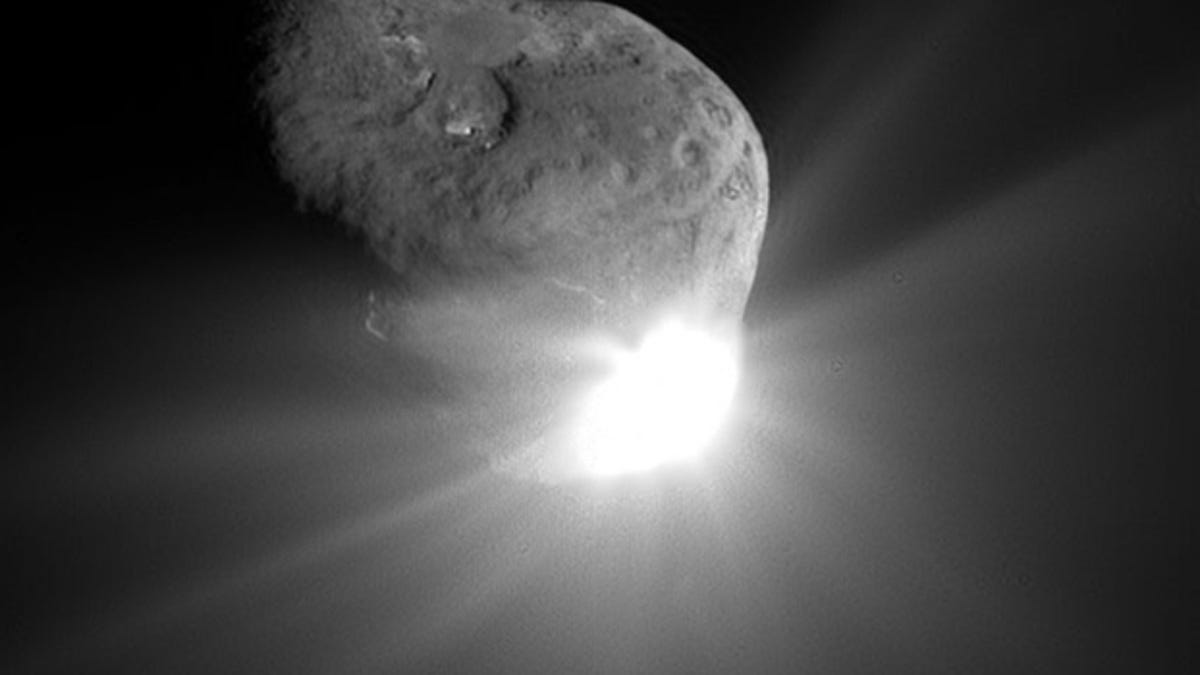We should nuke dangerous asteroids, expert says
What could go wrong? Sending nuclear warheads into space might seem crazy, but it could be our only chance against asteroids in a crisis.

The meteor that slammed into Russia in February injured about 1,000 people and freaked out many more. Recent months have highlighted the danger of larger space objects that could bring doomsday if they collide with our planet.
We've seen potential proposals that involve vaporizing asteroids and capturing them.
Bong Wie, director of the Asteroid Deflection Research Center at Iowa State University, says we should nuke them.
At the recent International Space Development Conference in California, Wie described a plan to send a high-speed spacecraft to intercept a massive asteroid approaching Earth and destroy it with a nuclear warhead.
The cost to save the planet? A mere $1 billion.
If it sounds improbable, NASA has funded preliminary research into the plan to the tune of $600,000 under the NASA Innovative Advanced Concepts (NIAC) program.
The Hypervelocity Asteroid Intercept Vehicle (HAIV) would be based on existing technology; in 2005, NASA hit Comet Tempel 1 with the hypervelocity Deep Impact probe. "Hypervelocity" usually refers to objects traveling at least 6,700 mph.
Launched from a Delta 4 rocket, the HAIV would consist of two sections: a leader section that would blast a crater in the asteroid by slamming into it, and a follower that would enter the crater and detonate the warhead.
The anticipated result: a seriously fragmented asteroid, of which 99 percent would miss the Earth. Those fragments that would remain on an impact trajectory would mostly burn up on entry. If the first HAIV didn't do the job, a backup would be on standby to finish it.
The asteroid threat could theoretically be mitigated at minimal cost and in less than two years' notice.
Wie believes a nuclear attack would be the only option in a crisis in which there's little time to deal with an incoming threat, and that other solutions would require at least 10 years of preparation.
The next step in the research would be to conduct a test flight that would target an asteroid of about 50 yards across, though a nuclear weapon wouldn't be needed to destroy it.
Check out the video below showing a simulated 1-megaton nuclear strike on an asteroid about 500 yards long, calculated by the Los Alamos National Laboratory's Cielo supercomputer.

